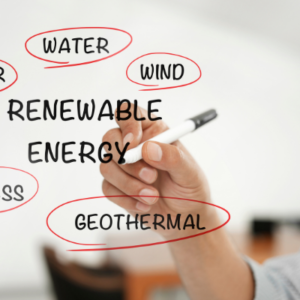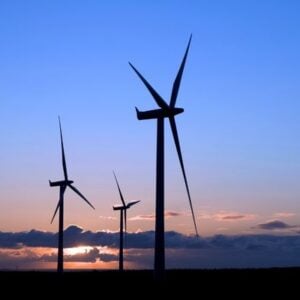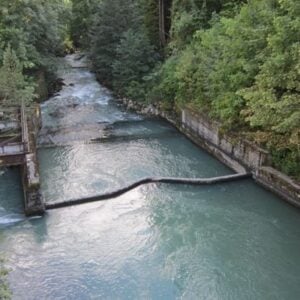Mozambique is embarking on an ambitious $6 billion electricity project—the Mphanda Nkuwa hydroelectric plant—which is set to become the largest power project in southern Africa in the past 50 years. Supported by the World Bank and private sector players, the 1,500 MW plant is expected to begin operations in 2031 and aims to significantly boost energy access across the country. The project is part of Mozambique’s broader goal to connect all 33 million of its citizens, most of whom live in rural areas, to electricity by 2030, relying heavily on renewable sources such as hydro, solar, and other clean energies.
This transformative effort is already changing lives on the ground. In villages outside the capital, electricity has enabled new business opportunities and improved access to essential services. For example, a local barber now uses hair dryers, and a village pharmacy can store vital medicines requiring refrigeration. World Bank President Ajay Banga highlighted that electricity is more than just light—it is a catalyst for economic growth and opportunity, especially in a country with vast natural energy resources and growing power export potential in southern Africa.
Despite these advances, Mozambique faces significant challenges that are common across sub-Saharan Africa, where 85 percent of the population still lacks reliable power. The country has made impressive progress, nearly doubling electricity access from 31 percent in 2018 to 60 percent in 2024. The state energy company, Electricidade de Moçambique (EDM), has connected hundreds of thousands of new homes, with plans to accelerate this growth further. The Mphanda Nkuwa plant, located downstream from the older Cahora Bassa dam on the Zambezi River, is expected to help alleviate a regional electricity deficit estimated at 10,000 megawatts, which currently limits access to power for millions.
The project is being developed by global energy firms TotalEnergies, Electricite de France, and Mozambique’s Hidroelectrica de Cahora Bassa, with the World Bank providing support through concessional funding, risk guarantees, and political risk insurance rather than direct financing. This approach reflects a global shift in development funding, emphasizing private sector-led growth as traditional donor contributions decline. Banga noted that many donor countries are redirecting funds to domestic priorities, making partnerships like this crucial for infrastructure development in Africa.
Hydropower remains the largest source of renewable electricity worldwide but is still largely untapped in Africa, with estimates suggesting that about 90 percent of the continent’s hydropower potential remains unused. Large-scale projects like Mphanda Nkuwa, along with others such as Ethiopia’s Grand Renaissance Dam and the Congo’s Inga 3 project, are key to unlocking this potential and transforming Africa’s energy landscape. However, challenges remain beyond building mega-dams; decentralized, off-grid energy solutions are also critical to reaching remote communities.
Local energy experts caution that while large infrastructure projects are important, Mozambique’s vast natural resources—including rivers, sunshine, wind, and coastlines—should also be leveraged through smaller, local energy initiatives to benefit rural areas more directly. Concerns over Mozambique’s rising public debt, which hit about $17 billion in early 2025, add complexity to financing such large projects. The final cost of Mphanda Nkuwa is estimated between $5 billion and $6 billion, but the details of debt involvement remain unclear.
Mozambique’s journey has been fraught with challenges, including decades of civil war, ongoing insurgencies, and disruptions to major gas projects. Yet, the promise of electricity is already evident in the daily lives of citizens like Herminio Guambe, whose barbershop thrives thanks to new power access. For many others, like Aurelio Arlindo who remains without electricity but sees new power poles being installed in his neighborhood, the project represents hope for future economic opportunity and improved living conditions.







